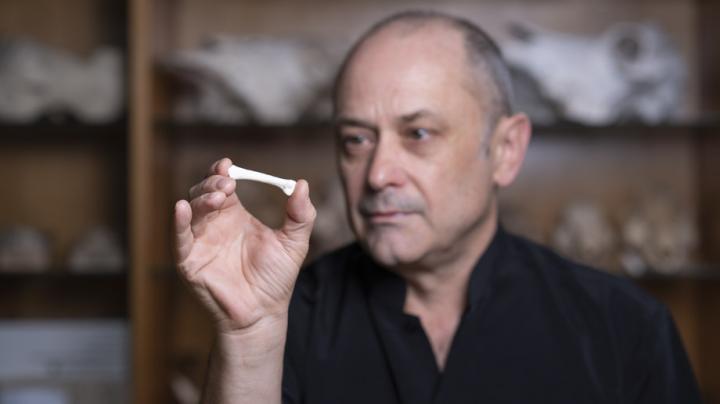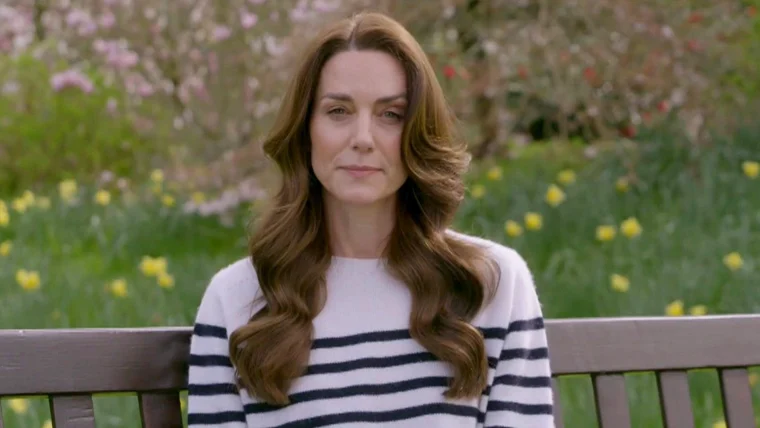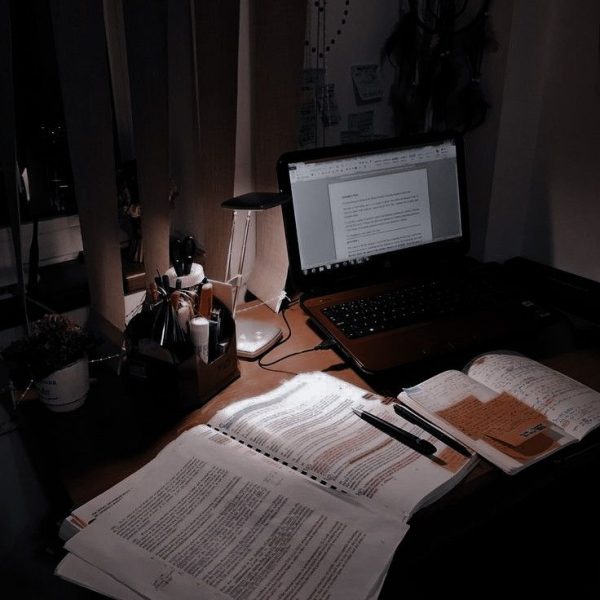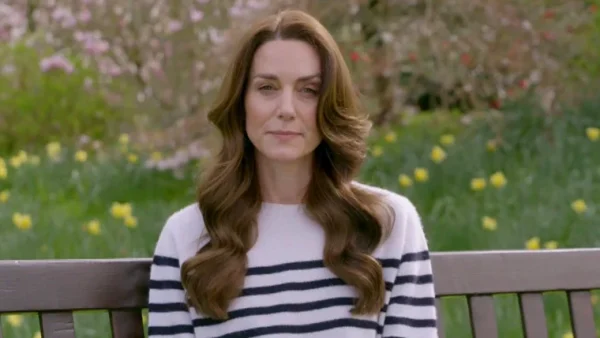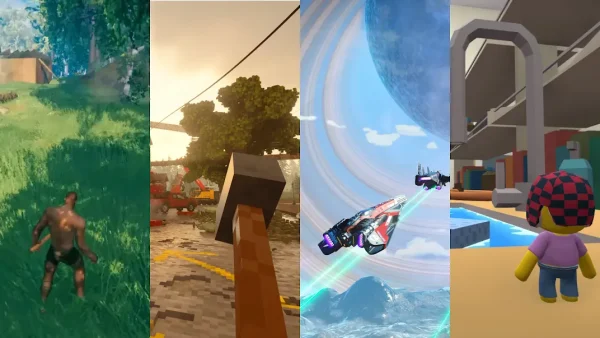A New Human Species in the Philippines
April 25, 2019
The declaration of a new hominin species in the Philippines leaves anthropologists and archaeologists divided among a groundbreaking debate: has a new human species been discovered? Some believe the remains are definitely human. “It further highlights remarkable diversity of archaic (primitive) hominins once present in Asia, in a way beyond my expectation.” Yousuke Kaifu, a paleoanthropologist at Tokyo’s National Museum of Nature and Science said to National Geographic (though he was not part of the study). The other half of scientists argue there is not enough solid evidence to prove the existence of a new species. However, for scientists, when it comes to evolution, the discovery of a new species can’t be proved unless there is concrete evidence.
The hominin remains were found in the Cavallo Cave on Philippines’ main island, Luzon, in 2007, 2011, and 2015. The remains were named Homo luzonensis after the Filipino island. They found adult teeth from one or two individuals, one foot and two toe bones, two finger bones, and the fragment of the shaft of a juvenile thigh bone. Luzonensis’ anatomy is similar to the features of Homo erectus, Homo floresiensis (nicknamed “The Hobbit”), and Australopithecus, our evolutionary ancestor.
Yet, does this confirm the hypothesis of a new human species? As of now, it’s hard to tell. There aren’t even enough bones to form an entire body. The lack of anatomy preserved plays a big factor in this case.
Lead study author Florent Détroit, a lecturer at France’s National Museum of Natural History, told National Geographic that “[If] in the future, colleagues are able to show that we were wrong because the fossils can enter one of the already known hominin species, we will just lump it and forget about it, but in the meantime, I am convinced it is the way we had to do it.”

